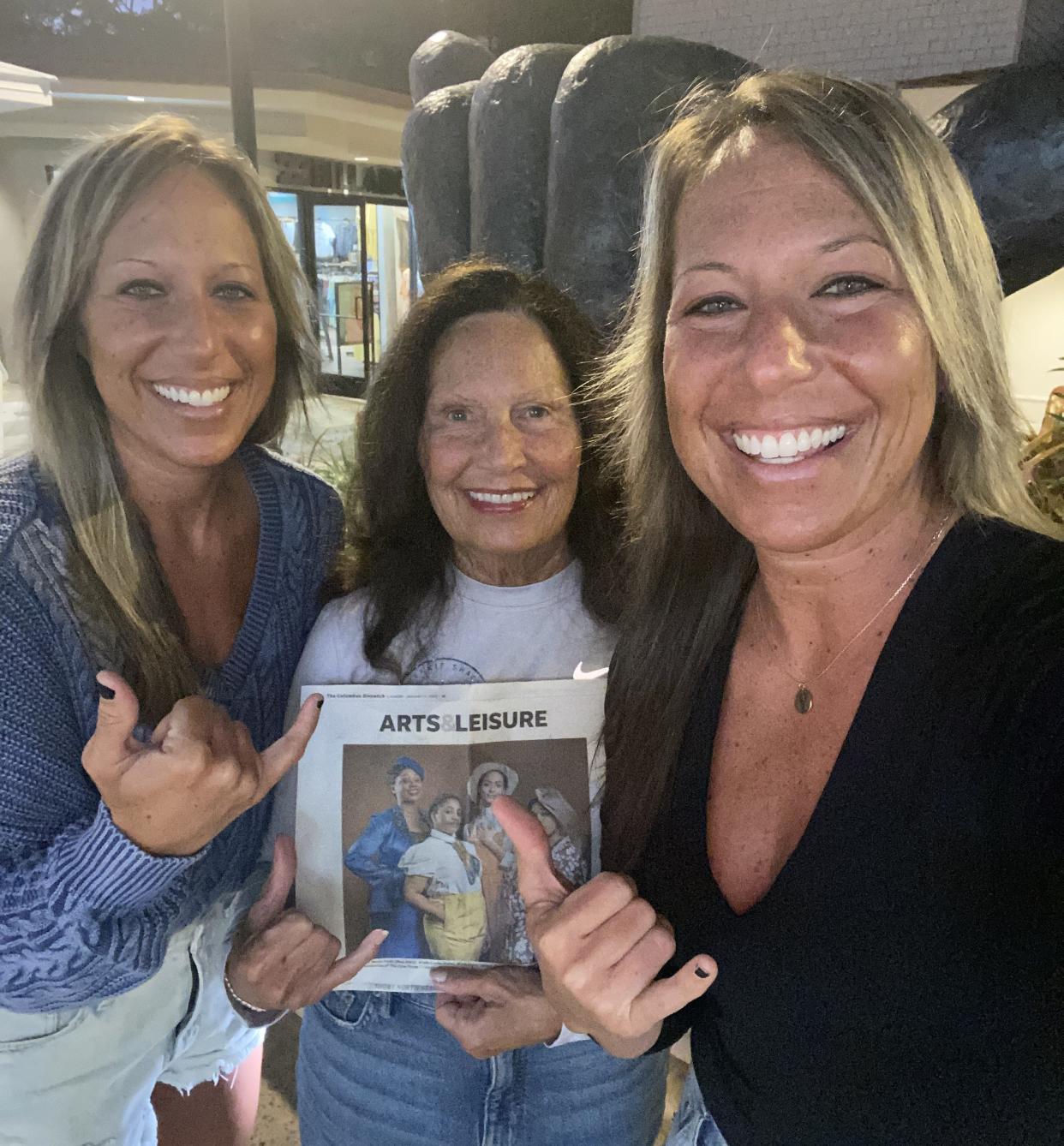What is the shaka? Hawaii lawmakers want to officially claim 'hang loose' hand gesture

In a nod to its rich cultural heritage, Hawaii's State Legislature appears poised to designate the iconic "shaka" gesture as the island's official symbol, recognizing it as its birthplace.
The shaka, also known as "hang loose" or "hang ten," is characterized by extending the pinky and thumb while curling down the remaining fingers and waving. The gesture, an intrinsic part of Hawaiian culture and embraced by the surfing community, is commonly used to convey greetings, gratitude and camaraderie.
More: Trump trial live updates: Judge excuses potential jurors who said they can't be impartial
Aloha State lawmakers introduced a pair of bills earlier this year to make the shaka the official gesture of Hawaii. If the bills pass, the iconic two-finger sign of goodwill would become the first state-sanctioned wave in the nation.
But where did the shaka come from, and how do locals feel about the bill?
The history of the Hawaii hand gesture
The roots of the "shaka" symbol can be traced back to the early 1900s, intertwined with the indomitable spirit of one man: Hamana Kalili.
Kalili, a worker at the Kahuku Sugar Mill, endured a life-altering accident when his hand was caught in the factory rollers. This left him with only two fingers on his right hand—the thumb and the pinky. Despite the hardship, Kalili found a new purpose as the security officer for the local train, tasked with warding off mischievous children from hitching joyrides.
With a wave of his unique two-finger hand, Kalili signaled the children to halt their antics. Initially born out of necessity, the gesture soon became a symbol of respect and understanding within the community, and residents adopted Kalili's distinctive wave.
As the waves of tourists began to flock to Hawaii after World War II, the shaka symbol found its way beyond the shores of Kahuku. Visitors embraced the gesture, embodying its message of inclusivity and compassion.
Today, Hamana Kalili's legacy endures through a bronze statue erected in his honor at the Polynesian Cultural Center in Laie.
Though the exact origins of the term "shaka" remain debated, some theories suggest a link to Japan's Shaka Buddha.
Residents feel a deep connection with the gesture.
The legislation enjoys widespread bipartisan support from both residents and lawmakers, indicating a clear path to becoming law. While some view it as a mere formality, others are more enthusiastic.
Kara Simpson, a 32-year-old small business owner from Kailua, said the gesture is already "engrained" in Hawaii's culture.
"I think it's pretty standard and already a symbol of the state. I don't think they have to officially make it (a distinction), but it's cool. I think it's already a big thing here," Simpson said.
Marian Clark, a 40-year-old nurse from Windward Oahu, said the bill was "important" and noted how she taught her son to "shaka" whenever someone lets them cross the street.
"It's an expression of love. Hi, goodbye. Thank you. I feel like it has multiple meanings, but it's positive," Clark said. "It's just a symbol of Aloha and representation of where you're from."
Jeff Kamakele, a 70-year-old resident from Windward Oahu, agreed with Clark's sentiment.
"It's unique to the islands because it really started from here. You know, so it's something that we can relate to," Kamakele said. "I think it's a good thing because it identifies us."
Project Shaka takes over Hawaii in 2024
'Shaka-mania in Hawaii' gains momentum, with several other statewide projects celebrating the iconic gesture later this year.
Starting in June, Hawaii residents can visit the state's Department of Motor Vehicles and sign up for a special license plate featuring the shaka hand gesture. The aloha tags will cost $30.50, with $20 of the proceeds supporting business education programs.
The shaka gesture has come a long way from being a simple hand sign to a cultural symbol. Technology experts are recommending that the Unicode Consortium, which decides on the creation of emojis, reconsider a new shaka symbol that accurately represents the gesture by having the fingers facing inward. The decision is expected in November, and if approved, the shaka emoji will be used in countless text messages worldwide.
Jeremy Yurow is a politics reporting fellow based in Hawaii for the USA TODAY Network. You can reach him at JYurow@gannett.com or on X, formerly Twitter @JeremyYurow.
This article originally appeared on Arizona Republic: Hawaii's 'shaka' hand sign proposed as official state symbol
